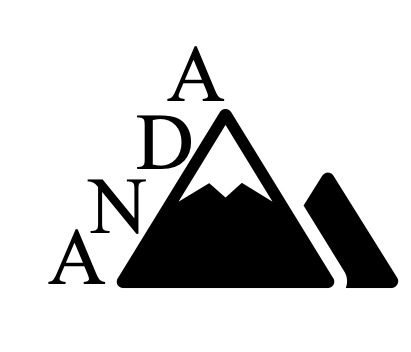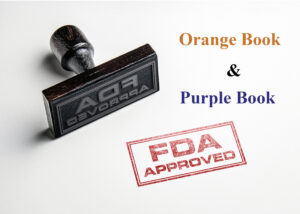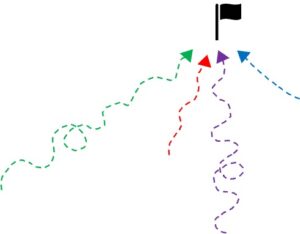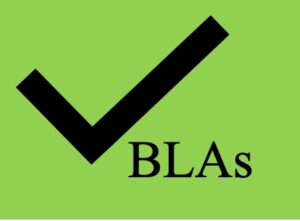Our blog post Therapeutics in the U.S.: why are there NDAs and BLAs? covers the history of NDAs and BLAs and why both applications exist in the U.S. for approval of therapeutics.
The Federal Food, Drug, and Cosmetic Act (FDCA) and the Pure Food and Drug Act
The Federal Food, Drug, and Cosmetic Act (FDCA) of 1938 was enacted to strengthen the Pure Food and Drug Act of 1906 after approximately 100 patients in the U.S., mostly children, died due to a toxic formulation of sulfanilamide. Under the FDCA of 1938, drug manufacturers had to submit evidence to the FDA showing that a new drug (not an existing drug) was safe before it could be sold in the U.S. This requirement in section 505 of the FDCA created what we refer to today as the NDA, or new drug application. After enactment of the FDCA in 1938 many manufacturers concluded that their drugs were not new drugs or they determined that their drugs were generally recognized as safe and distributed their drugs without NDAs. Thus, after the enactment of the FDCA in 1938 many drugs were sold in the U.S. without NDAs.
Amendments to the FDCA
Since the FDCA was enacted in 1938 it has been amended several times. In 1962 the FDCA was amended to require, among other things, that new drugs must be shown to be not only safe, but also effective. Also, each NDA submitted to the FDA had to receive approval. This replaced the old system where an NDA would become effective if the government didn’t object within sixty days. Under the 1962 amendments a drug marketer had to wait to receive approval for the NDA before the drug could be sold.
In response to the 1962 Amendment, the FDA created a program called DESI (Drug Efficacy Study Implementation) to review data and ensure that drugs submitted under an NDA were reviewed for safety and efficacy.
The rise of the ANDA
In the late 1960s, the FDA recognized that certain drugs did not need a full NDA. For example, a drug that was a generic version of a drug previously reviewed and approved under the DESI program. For these types of drugs, the FDA created an abbreviated NDA, or ANDA in 1969. The logic was that if a drug was deemed to be safe and effective under the DESI program, then it would also be safe and effective if manufactured by another as long as it was properly manufactured and used under the same conditions. This type of application did not need to contain the safety and effectiveness information; it just needed to show bioavailability and bioequivalence data. Thus, the ANDA was born. It is important to note that there was no statutory authority for this ANDA approval process.
The “paper” NDA
The ANDA was created by the FDA to reduce the burden on certain applicants where the drug was already deemed safe and effective under the DESI program. However, if a previous drug had only been shown to be safe and not effective, or was not previously approved by the FDA, an ANDA was not available. Generic manufacturers for these types of drugs had to use the NDA pathway. To reduce this burden, the FDA created the “paper NDA” which allowed applicants to make generic drugs if there was sufficient evidence of safety and effectiveness in the public domain. For example, by submitted data that had been published in literature or publications.
Thus, by the late 1960s, the FDA had created two pathways for generics to enter the market in the U.S.: the ANDA and the paper NDA.
Drug Price Competition and Patent Term Restoration Act of 1984
Even though the FDA had created two pathways for getting a generic drug on the market (the ANDA and the paper NDA), in the 1980s very few generics were entering the market. To encourage generic drug development the government passed the “Drug Price Competition and Patent Term Restoration Act of 1984,” also known as the Hatch-Waxman Amendments. The Hatch-Waxman Amendments were negotiated and designed to increase generic drug entry and thereby lower drug costs in the U.S.
The Hatch-Waxman Amendments, among other things, formalized the ANDA and paper NDA pathways. Previously, these were pathways created by the FDA and were not codified in statute. Section 505 of the FDCA in 1938 had created the NDA, or the new drug application. The Hatch-Waxman Amendments added section 505(b)(2) (previously known as the “paper NDA”) and section 505(j) (known as the ANDA).
In life sciences, biotech, and pharmaceuticals, it is common to refer to a “505(b)(1) drug,” which just means a drug that will require a full NDA or new drug application. Previous safety and efficacy data is not available, so a full NDA is required by the FDA. A “505(b)(2) drug,” is a drug where safety and efficacy data is available, but the applicant needs to reference data in papers, journal articles, or previous clinical studies. An “ANDA” or “505(j) drug” copies the safety and efficacy data from an already approved drug.
In the end, whether a drug is approved under 505(b)(1), 505(b)(2), or 505(j) in compliance with the FDCA, the drug will have been shown to be safe and effective.
Typically, small molecule drugs are approved under NDAs, but other modalities are as well. It is essential for professionals in life sciences, biotechnology, and pharmaceutics to understand the five main classes of therapeutics and how each is approved under either an NDA or BLA. Science for Bankers offers an executive course that is online, available 24/7, and organized to build your knowledge of the “science in life sciences.” The course is about 45 videos, each under 30 minutes. There is even a study guide that accompanies the course. Science for Banker’s Executive Course on Therapeutics and Modalities is a masterclass in therapeutics and modalities.




